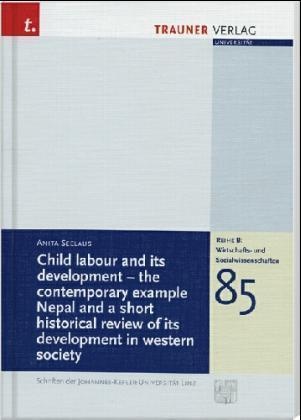Read more
Child labour - a phenomenon which has accompanied societies ever since and anywhere. It used to be seen as something completely common and did not attract anybody's attention until the social construct "childhood" was established and school education became obligatory. It started with industrialisation in the so-called western world where nowadays child labour is being stigmatised and looked down upon. Colonialism and globalisation led to the export of these ideas and concepts. Since a few decades the final target of international NGOs and governmental organisations has been the total elimination of any kind of child labour. How did it come to this sudden stigmatisation of a phenomenon which had before been accepted as a natural part of daily life for such a long time? If child labour is being fought against so badly why are there still countries where the number of working children is higher than the number of school children? Is any kind of work bad for children because their biological constitution does not allow them to work? Does the perception of child labour depend on culture? These are just some of the questions the author asked herself before writing this thesis. By using the examples of child labour in Austria before World War I and child labour in contemporary Nepal it is tried to refrain from indoctrinated western standards and to analyse the actually still common phenomenon in a neutral way.

